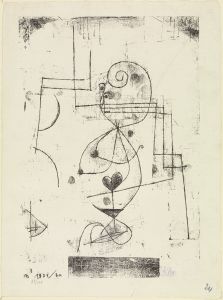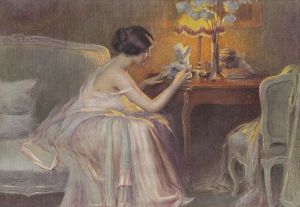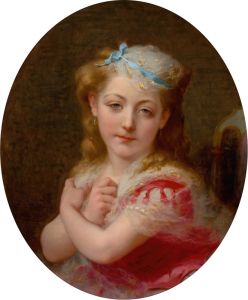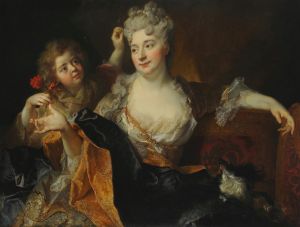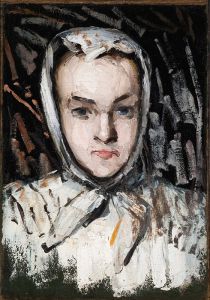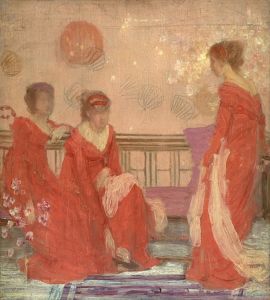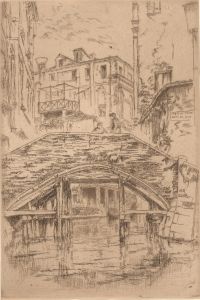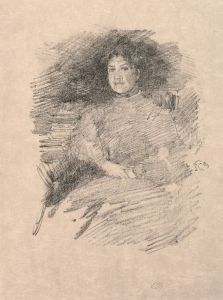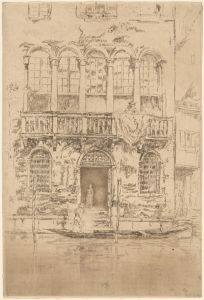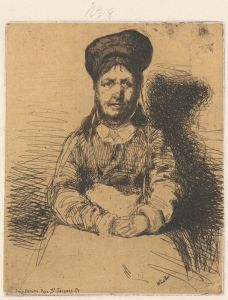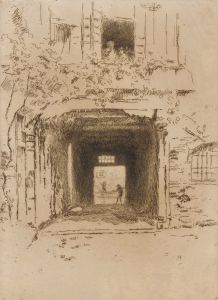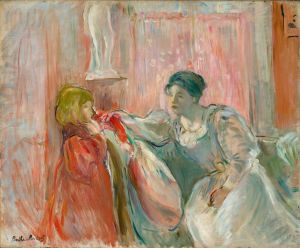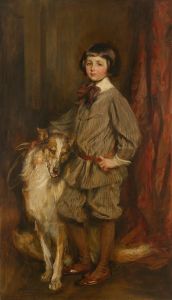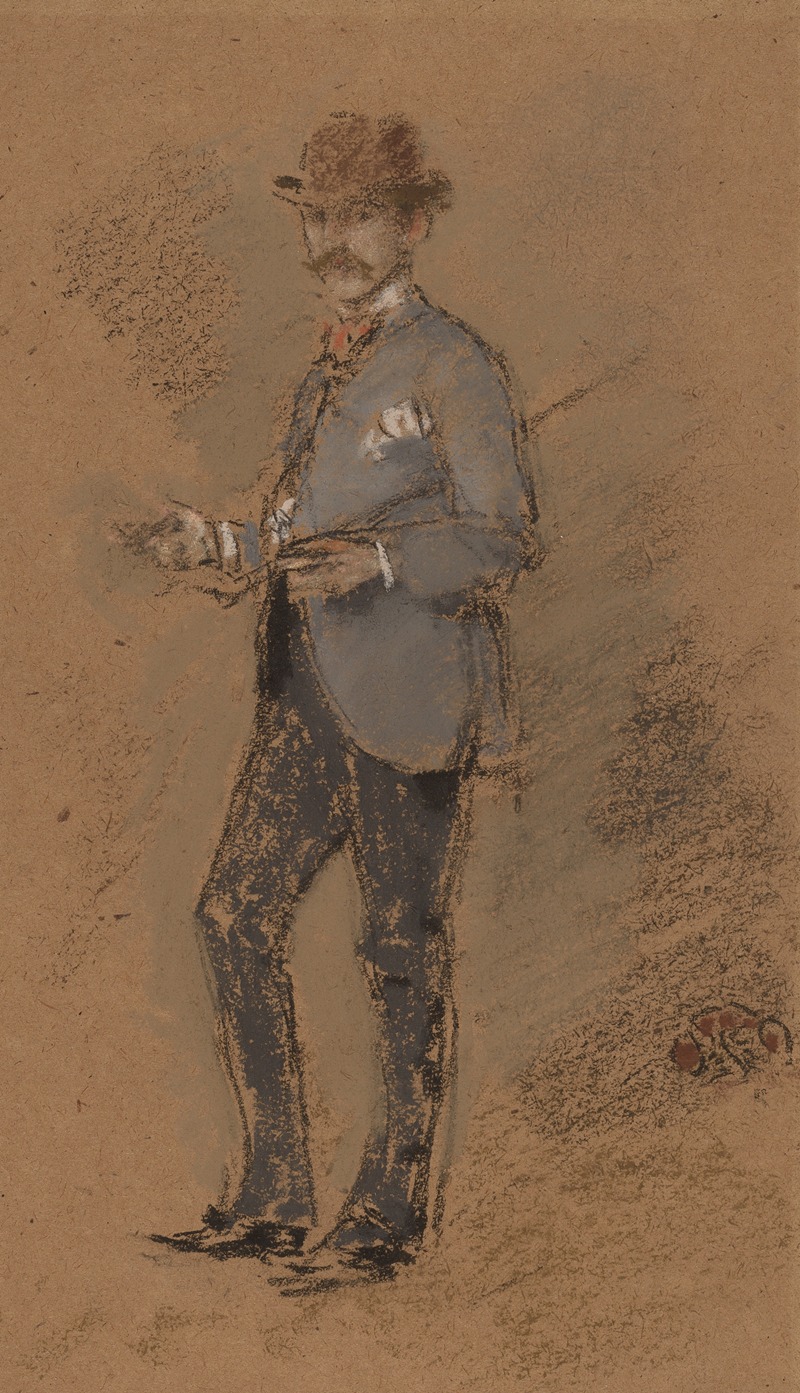
Harper Pennington
A hand-painted replica of James Abbott McNeill Whistler’s masterpiece Harper Pennington, meticulously crafted by professional artists to capture the true essence of the original. Each piece is created with museum-quality canvas and rare mineral pigments, carefully painted by experienced artists with delicate brushstrokes and rich, layered colors to perfectly recreate the texture of the original artwork. Unlike machine-printed reproductions, this hand-painted version brings the painting to life, infused with the artist’s emotions and skill in every stroke. Whether for personal collection or home decoration, it instantly elevates the artistic atmosphere of any space.
James Abbott McNeill Whistler, an American artist active during the late 19th century, is known for his contributions to the art world, particularly in the realms of painting and printmaking. Among his works is the portrait titled "Harper Pennington," which showcases his distinctive style and technique.
James Abbott McNeill Whistler was born on July 10, 1834, in Lowell, Massachusetts, and spent much of his career in Europe, where he became a prominent figure in the art communities of London and Paris. Whistler is often associated with the Aesthetic Movement, which emphasized the importance of beauty and the visual and sensual qualities of art over moral or narrative content.
The portrait "Harper Pennington" features Harper Pennington, an American artist and a contemporary of Whistler. Pennington was known for his own contributions to painting and was part of the artistic circles in which Whistler moved. The exact date of the portrait's creation is not definitively recorded, but it is believed to have been painted during the late 19th century, a period when Whistler was actively producing some of his most significant works.
Whistler's portrait of Harper Pennington is notable for its use of subtle tones and the artist's characteristic emphasis on composition and harmony. Whistler often employed a limited color palette and delicate brushwork to create a sense of tranquility and refinement in his portraits. This approach can be seen in the "Harper Pennington" portrait, where the sitter is rendered with a sense of calm and introspection.
The portrait is an example of Whistler's ability to capture the personality and presence of his subjects with minimalistic yet expressive techniques. Whistler's portraits often focused on the sitter's face and upper body, with attention to the play of light and shadow to create depth and dimension. The background in many of his portraits, including that of Harper Pennington, is typically understated, allowing the viewer to focus on the subject.
Whistler's influence on the art world extended beyond his own works; he was also a vocal advocate for the artist's role in society and the importance of artistic integrity. His famous "Ten O'Clock Lecture," delivered in 1885, articulated his belief in "art for art's sake" and the idea that art should be appreciated for its beauty and form rather than its narrative content.
The portrait of Harper Pennington is part of Whistler's broader body of work that includes other notable portraits, landscapes, and etchings. Whistler's legacy is preserved in various collections and museums around the world, where his works continue to be studied and admired for their innovative approach and aesthetic qualities.
In summary, the portrait "Harper Pennington" by James Abbott McNeill Whistler is a significant example of Whistler's portraiture, reflecting his artistic philosophy and technical skill. The painting captures the essence of the sitter through Whistler's distinctive use of composition, color, and light, contributing to his enduring reputation as a master of 19th-century art.





